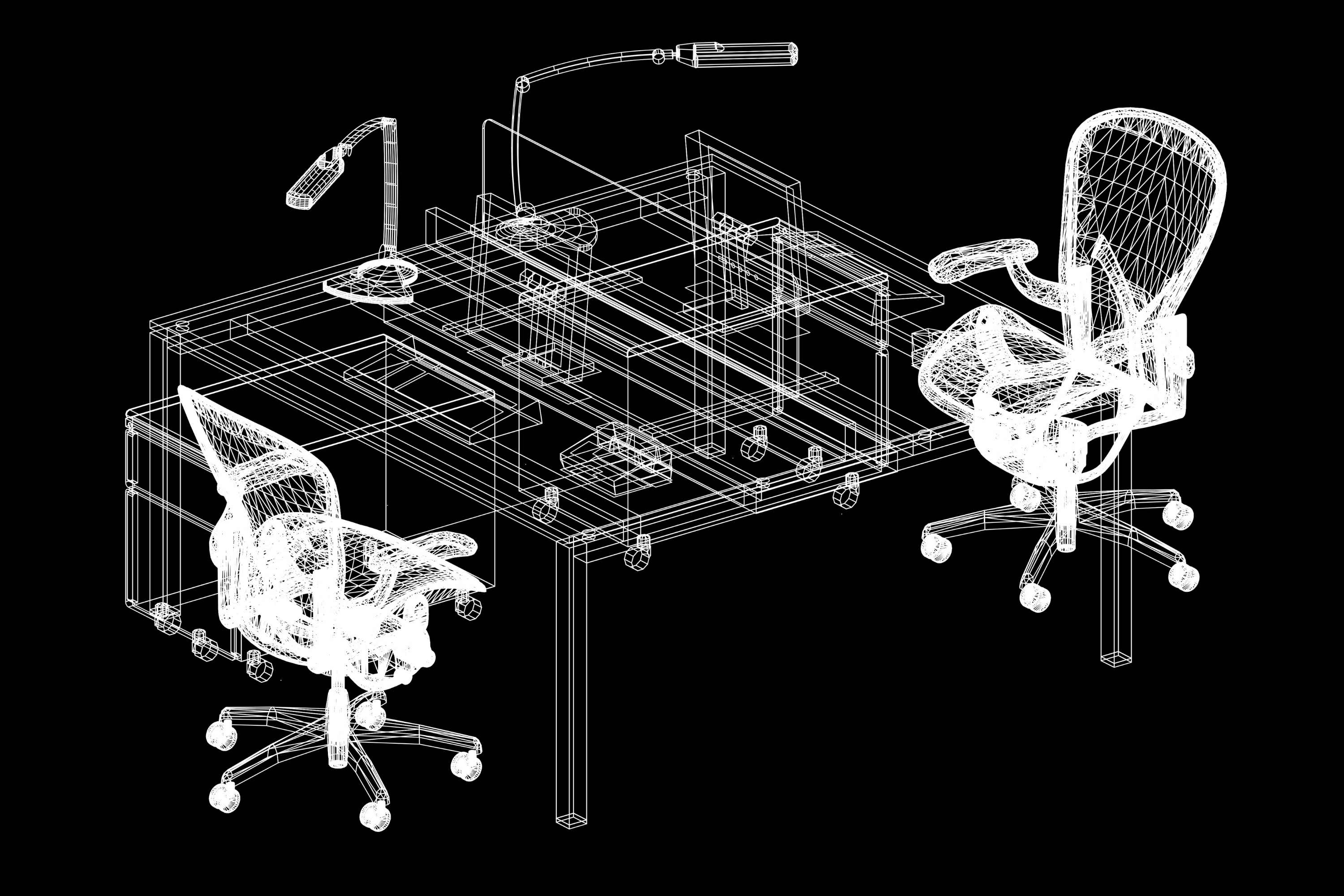When you're designing a product, one of the most important things to consider is how well it will stand the test of time. If you're creating office furniture, for example, you want to make sure that it will be comfortable and stylish for years to come. In this blog post, we'll take a look at some of the design thinking that goes into creating products that last. We'll discuss everything from material selection to ergonomics, and we'll offer some tips and best practices for creating office furniture that will stand the test of time. So, if you're interested in furniture design that endures, read on!
What is designing for longevity?
At its core, designing for longevity is all about creating products that are built to last. This can include everything from selecting high-quality materials, to incorporating ergonomic features that will help your furniture stand up to years of wear and tear. The goal is to create products that not only look good, but also provide functionality and comfort over the long-term.
Why is designing for longevity important?
There are a number of reasons why designing for longevity is important. For one, creating long-lasting products can help you save money in the long run by reducing replacement or repair costs. Another key reason is that it can help you build a reputation for quality and reliability, which can translate into increased sales and customer loyalty over time. Finally, designing for longevity can also help you create products that are more environmentally-friendly and sustainable, which is an important consideration in today's world.
What are some key considerations when designing for longevity?
Some of the key things to consider when designing office furniture with longevity in mind include:
- Material selection: One of the most important factors in creating long-lasting furniture is choosing high quality materials. For example, you might opt for durable, hard-wearing materials like wood or steel, as these tend to be more resilient than softer materials like fabric or vinyl.
- Ergonomics: In addition to selecting the right materials, it is also crucial that you pay attention to ergonomics. By designing furniture that is comfortable and provides proper support, you can ensure that people will be able to use your furniture for many years without experiencing discomfort or pain.
- Special finishes and coatings: It is also important to consider special finishes and coatings that can help protect your furniture from wear and tear over time. This might include things like stain-resistant coatings or scratch-resistant finishes, which can help keep your furniture looking great for years to come.
- Construction methods: Another key consideration when designing furniture with longevity in mind is the construction methods that you use. For example, if you want your furniture to last for many years, it is best to opt for solid construction methods like mortise and tenon joints or welding, rather than more flimsy or delicate methods like staples or adhesives.
- Timelessness: Of course, one of the most important aspects of designing long-lasting furniture is considering what will make your products feel timeless. This means taking design cues from classic furniture styles, as well as incorporating modern touches that will ensure your products stay relevant and stylish for years to come.
- Multipurpose designs: It is also important to think about how your furniture can be used in different ways. By incorporating features that allow your furniture to be used in a variety of contexts and environments, you can help ensure that it will have lasting appeal no matter what the current trends or fashions may be. For example, if you design office desks or office chairs that can be easily reconfigured, you can create products that are more versatile and adaptable over time.
- Gender neutrality: In order to create long-lasting furniture that will appeal to a wide range of people, it is important to consider gender neutrality. This means thinking about how your products can be used by individuals of all genders, and incorporating features that can appeal to both men and women. For example, you might include subtle design touches like rounded edges or non-traditional colour schemes, which can help make your furniture more inclusive and appealing to a wider audience.
- Testing: In order to really ensure that your furniture will last, it's important to conduct thorough testing throughout the design process. This might involve putting prototypes through a rigorous series of stress tests, or testing real-world usage scenarios to see how your furniture holds up.
Conclusion
At the end of the day, designing office furniture that will stand the test of time takes a lot of careful thought and consideration. But by keeping these key factors in mind, you can create office chairs, desks, tables and other products that are truly built to last. So, if you are looking to create furniture that people will use and appreciate for years to come, be sure to put longevity at the forefront of your design.
Looking for office furniture that is built to last? Look no further than RJ Office! Our furniture is designed with longevity in mind, and is made from high-quality materials that will withstand wear and tear over time. Plus, our ergonomic designs make our furniture comfortable and easy to use for years to come. So, if you're looking for office furniture that will stand the test of time, be sure to contact RJ Office today!
 Menu
Menu
 Close
Close
